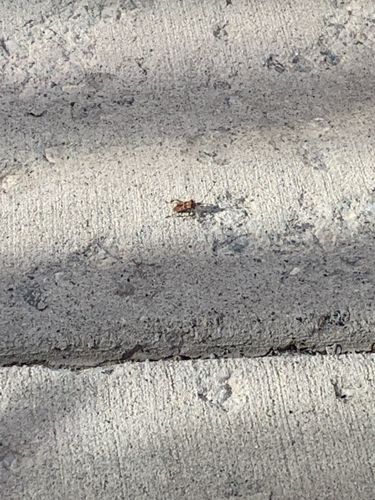Ant
Scientific Name: Formicidae
Order & Family: Hymenoptera, Formicidae
Size: Typically from 2 mm to 25 mm, depending on the species.

Natural Habitat
Extremely diverse, found in almost all terrestrial habitats, including forests, grasslands, deserts, urban areas, and often in soil, under rocks, in wood, or in constructed nests.
Diet & Feeding
Highly varied, ranging from omnivorous to specialized diets. Many species feed on nectar, seeds, fungi, other insects, or honeydew produced by aphids. Some are scavengers.
Behavior Patterns
Ants are social insects that live in colonies ranging in size from a few dozen to millions. They exhibit complex social behaviors, including division of labor (queens, workers, soldiers, males), cooperative foraging, intricate nest building, and communication through pheromones. Their life cycle includes egg, larva, pupa, and adult stages (complete metamorphosis).
Risks & Benefits
Risks: Some species can sting (e.g., fire ants, bullet ants) causing painful reactions, and a few can destroy wood structures (e.g., carpenter ants). They can also be pests in homes, contaminating food. Benefits: Ants play crucial ecological roles, including soil aeration, seed dispersal, predation of other insect pests, and acting as decomposers, contributing to nutrient cycling.
Identified on: 10/24/2025